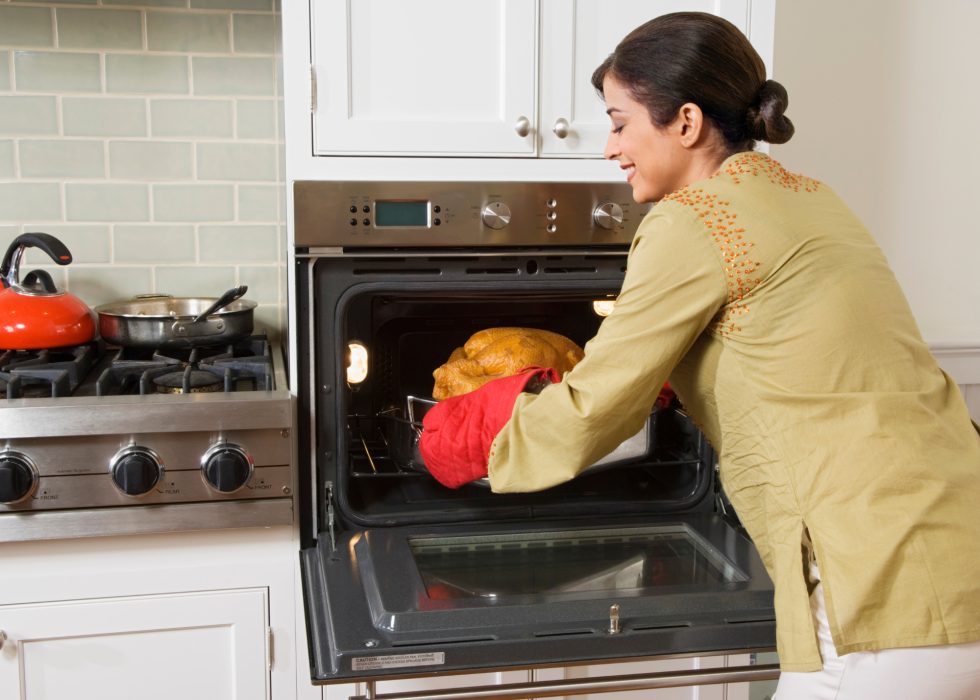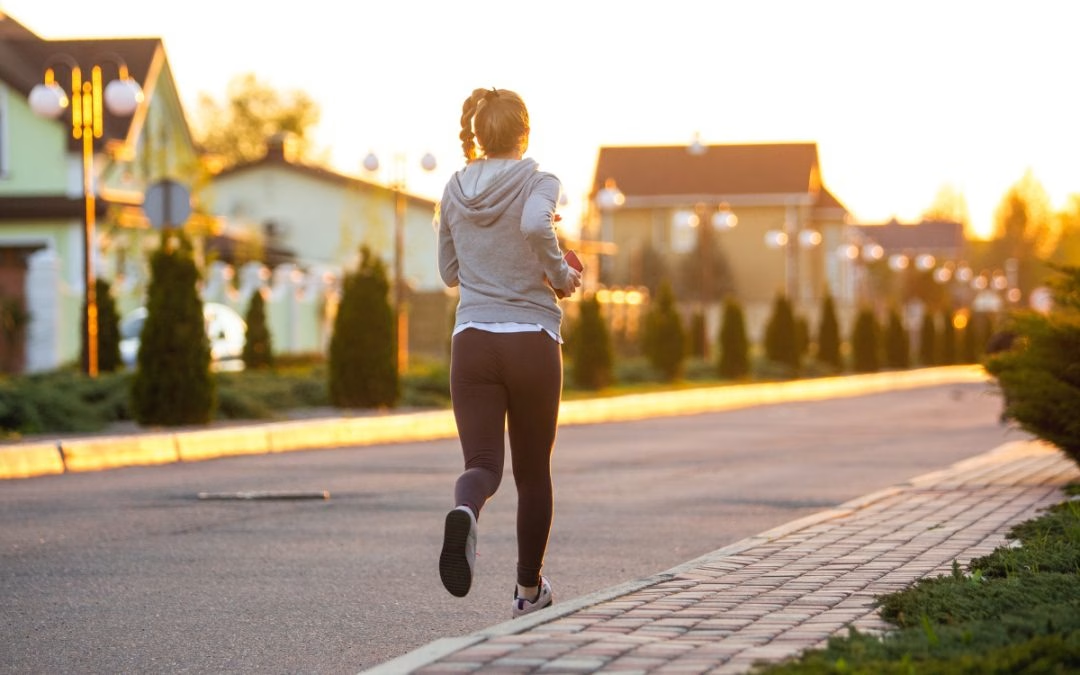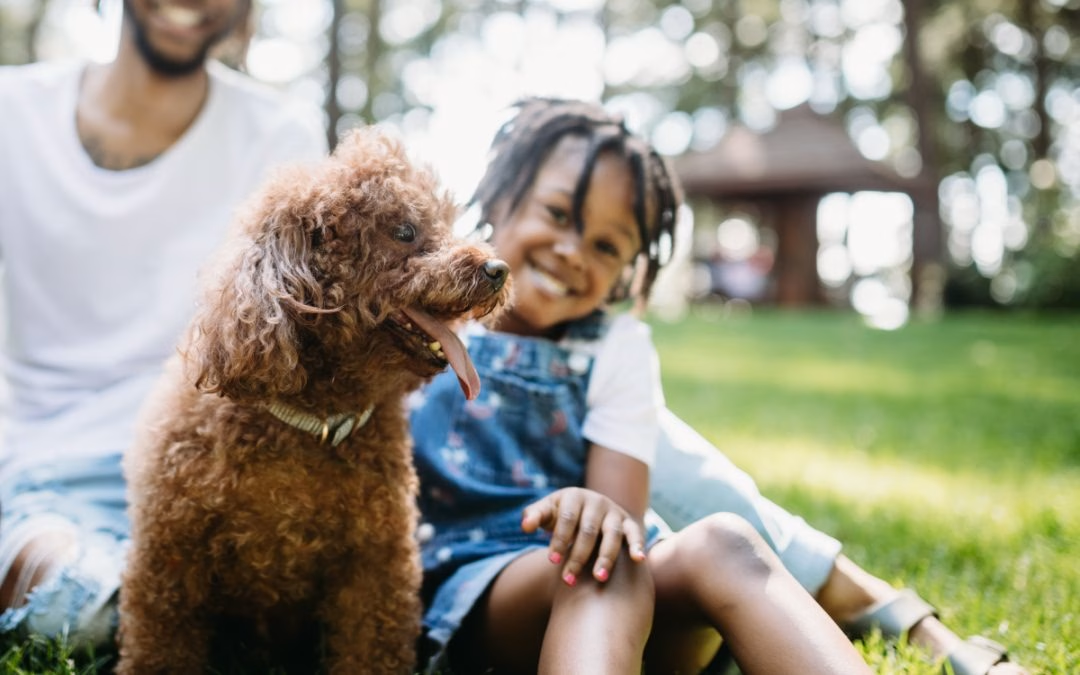
What Should I Do If I Burn Myself While Cooking?
As New Year’s resolutions spark a focus on health, many envision swapping takeout for home-cooked meals. While whipping up your own dishes offers undeniable benefits, remember to savor restaurant experiences too! South Charlotte offers several great restaurants like Hestia Rooftop and Harry’s Grille & Tavern. So, get ready to reignite your inner chef in 2024, but keep safety as your top priority.
Before diving headfirst into culinary adventures, brush up on basic cooking techniques and essential safety tips to ensure a successful year. Remember, accidents happen, but knowing how to handle them can make a world of difference. Let’s explore practical burn care tips, from immediate treatment to recognizing when need professional help for a burn.
If you have any questions or concerns about minor burns, AFC Urgent Care South Charlotte is always here to help. Let’s make 2024 a year of delicious meals and safe cooking experiences!
Types of Burns
Burns are not one-size-fits-all injuries. Distinguishing between their degrees is critical for providing the right care and promoting optimal recovery. Recognizing the different degrees of burns and knowing how to respond quickly are crucial for optimal healing and preventing complications.
- First Degree Burns – Picture a mild sunburn – redness, pain, but no blistering. These burns only affect the top layer of skin and resolve on their own with simple care.
- Second Degree Burns – These go a bit deeper, affecting both the top two skin layers. Expect redness, swelling, painful blisters, and occasional oozing. While minor second-degree burns can be managed at home, larger or deeper ones require professional attention.
- Third Degree Burns – These are the most serious, extending through all skin layers and potentially damaging underlying tissue. They appear white, black, or charred and require immediate medical intervention.
First Aid for Minor First-Degree Burns
- Cool It Down. Contrary to popular belief, avoid ice! Instead, run cool (not cold) tap water over the burn for 10 minutes to soothe the burning sensation and reduce swelling.
- Protect and Soothe the Burn. Apply a sterile burn cream or petroleum jelly to prevent infection and ease discomfort. Loosely cover the area with a clean, non-stick bandage.
- Manage Pain. Over-the-counter pain relievers like ibuprofen or acetaminophen can help manage discomfort.
When Should I See a Medical Professional for My Burn?
While most minor burns can be effectively treated at home with proper first aid, some situations require professional medical attention. Don’t hesitate to seek immediate medical help if:
- The burn is larger than your palm or has extensive blistering. This indicates a potentially deeper burn requiring professional assessment and treatment.
- The burn affects sensitive areas like the face, hands, feet, genitals, or major joints. Burns in these locations can have serious consequences and require specialized care to minimize complications.
- The burn is third-degree, appearing white, black, or charred. This signifies severe damage requiring immediate medical intervention to prevent infection and promote optimal healing.
- Burns cover more than 10% of your body surface area. Extensive burns necessitate immediate medical attention to manage risks and complications.
How to Prevent Kitchen Burns
Prevention is always the best medicine, and when it comes to kitchen burns, simple precautions can make a big difference. Remember these tips while cooking your next delicious meal:
- Shield Your Hands. Oven mitts and pot holders are your best friends when handling hot cookware. Invest in a pair that fits well and offers proper heat insulation.
- Mind Your Space. Turn pot handles inward on the stovetop to avoid accidental knocks and spills. Keep flammable objects like towels or potholders away from heat sources.
- Dress For Success. Ditch the flowing sleeves and opt for long pants and long-sleeved shirts when cooking. This extra layer of protection can shield you from splashes and spills.
- Stay Focused. Avoid distractions like phone calls or loud conversations while cooking. Pay close attention to your tasks and handle hot items with care.
By incorporating these simple precautions into your cooking routine, you can significantly reduce the risk of burns and create a safer, more enjoyable culinary environment. Remember, a little prevention goes a long way in ensuring a happy and healthy kitchen!


